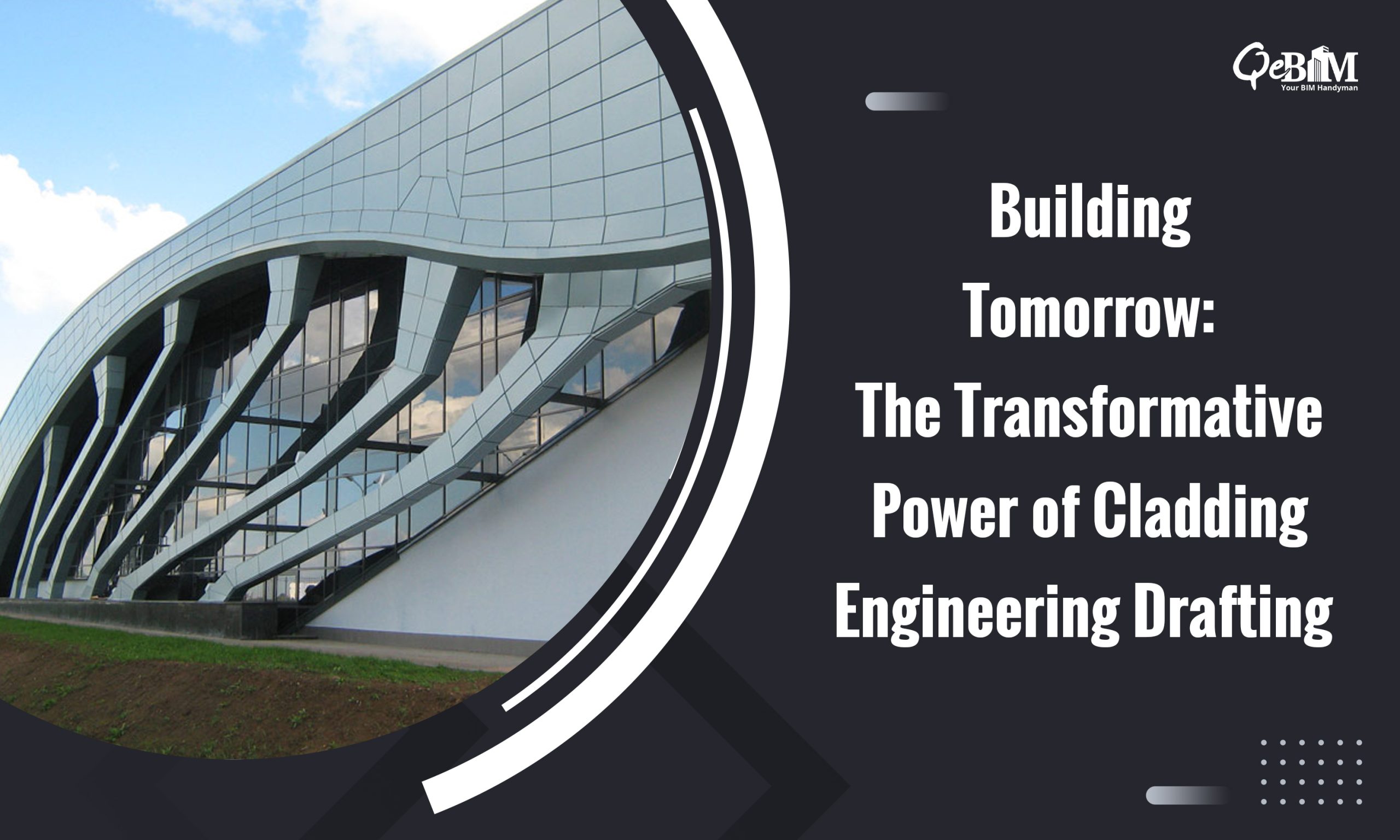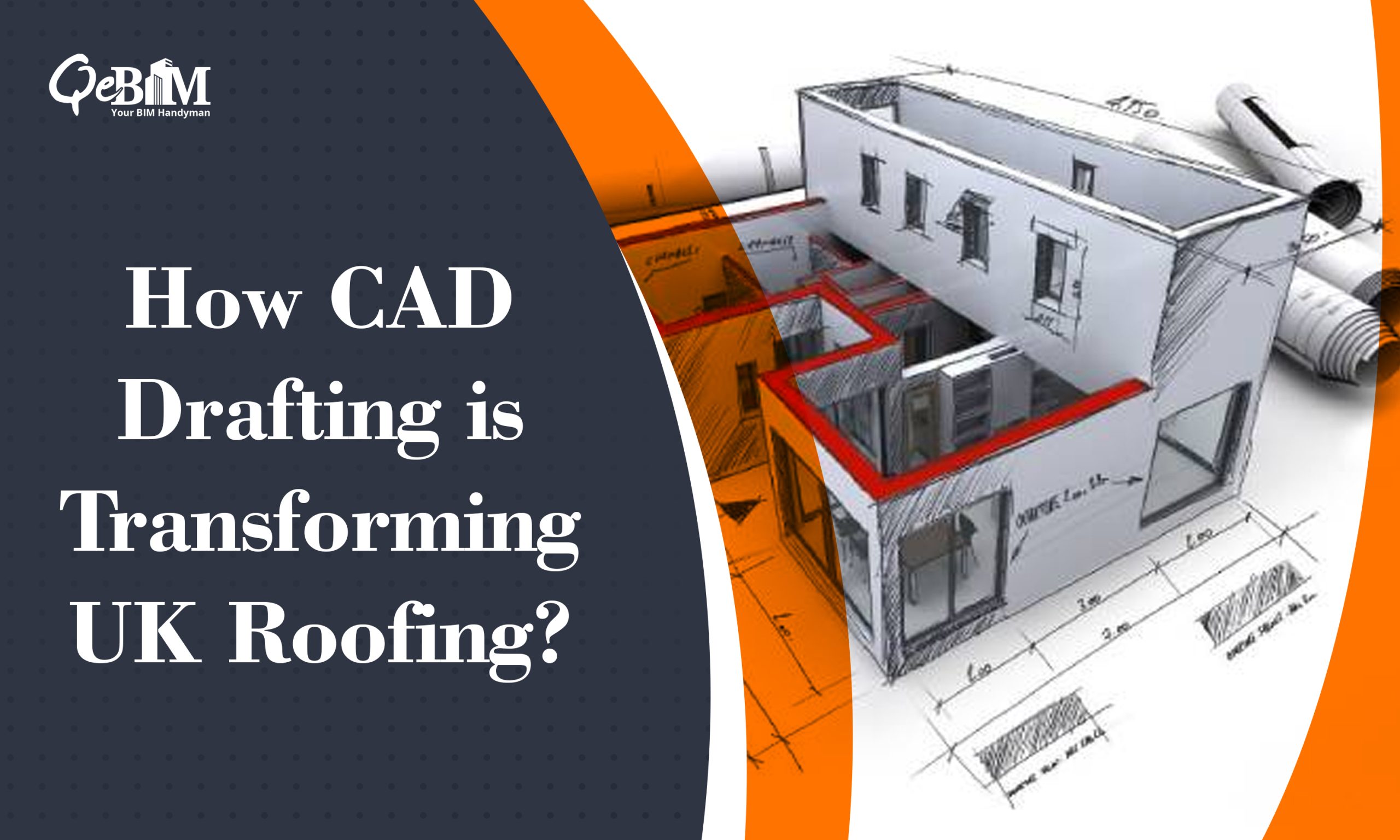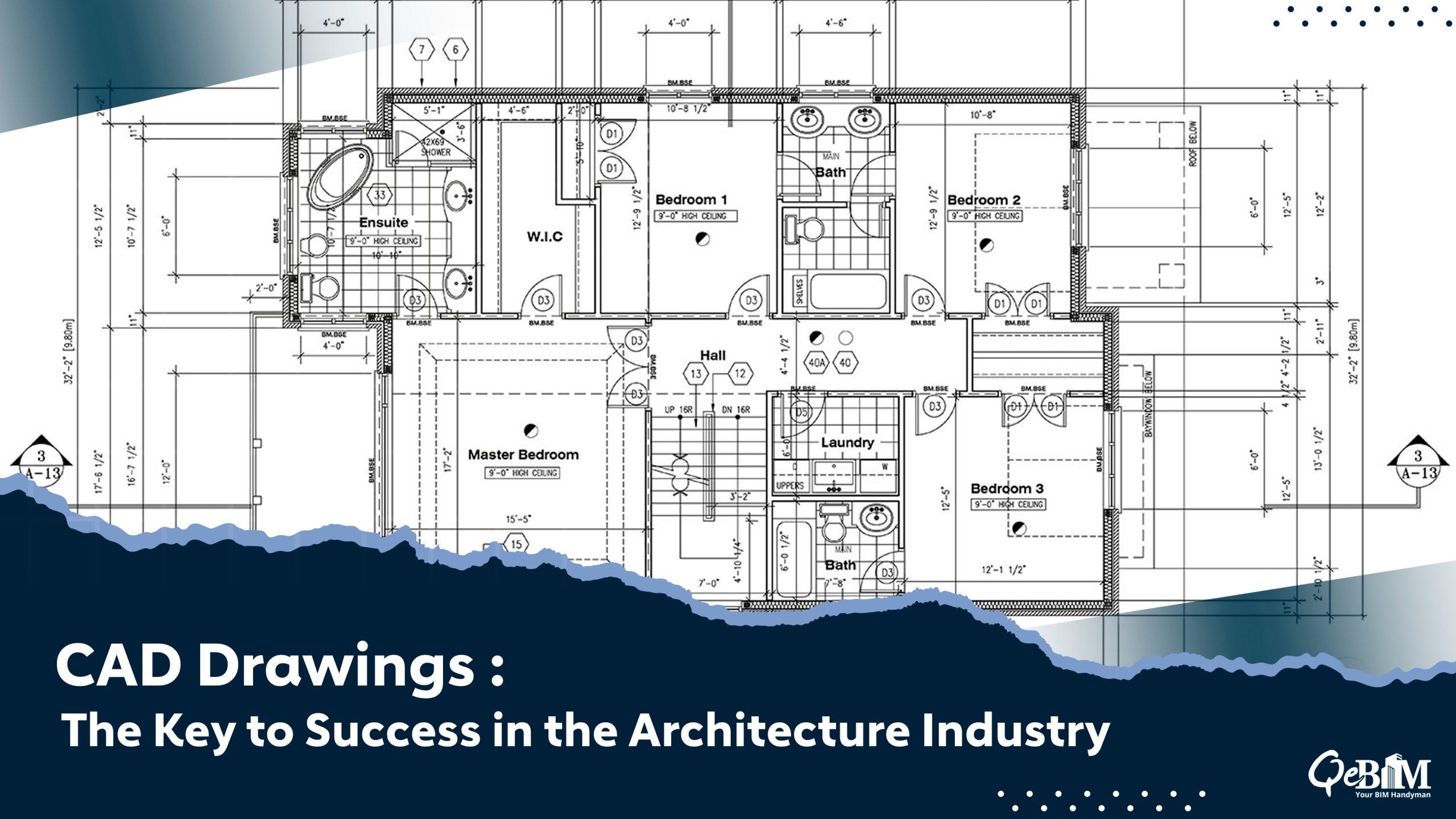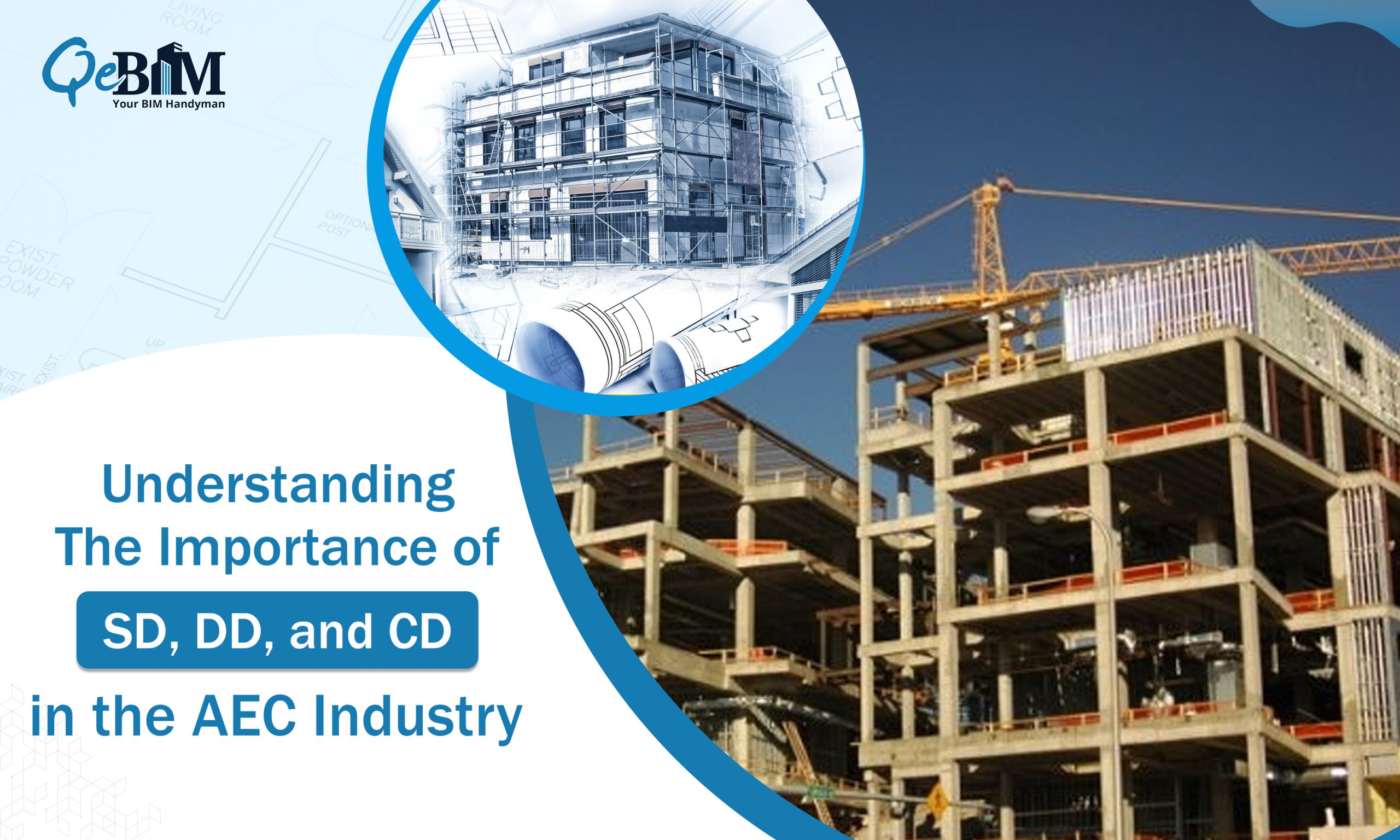Introduction:
In the ever-evolving scenario of AEC industry, the role of cladding engineering design and Drafting Services has become increasingly crucial. Cladding, a technique used to cover a building’s exterior with materials that enhance both aesthetics and functionality, has witnessed a transformative impact through advanced engineering design and drafting services.
In this blog, we will explore how these services contribute to the success of projects, offering not only visual appeal but also durability, energy efficiency, and sustainability.
1) Precision in Design:
One of the key advantages of employing cladding engineering design services is the precision it brings to the overall project. Engineers leverage cutting-edge software and technologies to create detailed designs that seamlessly integrate with the existing architecture. The accuracy achieved in the initial design stage minimizes errors and ensures a smooth construction process.
2) Material Selection for Durability:
Cladding serves not only as an aesthetic element but also as a protective layer for buildings. Through meticulous engineering design services, professionals can analyse and recommend the most suitable materials for cladding based on factors such as climate, exposure to elements, and the specific requirements of the project. This leads to robust constructions capable of enduring challenging weather conditions, guaranteeing prolonged durability with minimal upkeep requirements.
3) Enhanced Energy Efficiency:
Cladding engineering design plays an important role in improvising the energy efficiency of a building. Integrating thermal insulation and energy-efficient materials into the cladding system allows engineers to contribute to the creation of a comfortable indoor environment, while simultaneously decreasing dependence on artificial heating or cooling systems. This not only syncs well with sustainability goals but also leads to long-term cost savings.
4) Customization and Aesthetics:
Architectural Drafting Services enable architects and engineers to experiment with various cladding designs, textures, and colours. This level of customization allows for the creation of unique and visually appealing facades that contribute to the overall aesthetic value of a project. Cladding engineering design services empower professionals to push the boundaries of creativity while ensuring that the chosen design aligns with the client’s vision and the project’s objectives.
5) Streamlined Construction Process:
Detailed engineering drawings provided by drafting services contribute to a more streamlined construction process. Contractors can accurately interpret and implement the designs, minimizing the occurrence of errors and delays. The precision in the construction phase, facilitated by comprehensive engineering drawings, ensures that the cladding system integrates seamlessly with the rest of the building, resulting in a cohesive and well-executed project.
6) Cost-Efficiency and Project Budgeting:
Cladding engineering design services also play a crucial role in managing project costs effectively. By providing detailed drawings and specifications, these services help in accurate material estimation, preventing unnecessary expenses. Moreover, a well-designed cladding system can contribute to energy savings, reducing operational costs over the building’s lifecycle.
7) Adaptability and Future-Proofing:
In a rapidly changing world, adaptability is a key factor in the success of any project. Cladding engineering design services ensure that the chosen cladding system is not only aesthetically pleasing but also adaptable to future needs and trends. This future-proofing aspect adds value to the project by ensuring that the building remains relevant and functional for years to come.
Conclusion:
The transformative impact of cladding engineering design and drafting services on projects cannot be overstated. Delivering the accuracy in designs to enhanced energy efficiency, these services contribute to the overall success of construction endeavours. The synchronization of aesthetics and functionality achieved through meticulous engineering and drafting ensures that cladding systems not only elevate the visual appeal of structures but also stand the test of time, aligning with the principles of sustainability and adaptability. As the construction industry flourishes, the role of cladding engineering design services will remain integral in shaping the buildings of the future.





